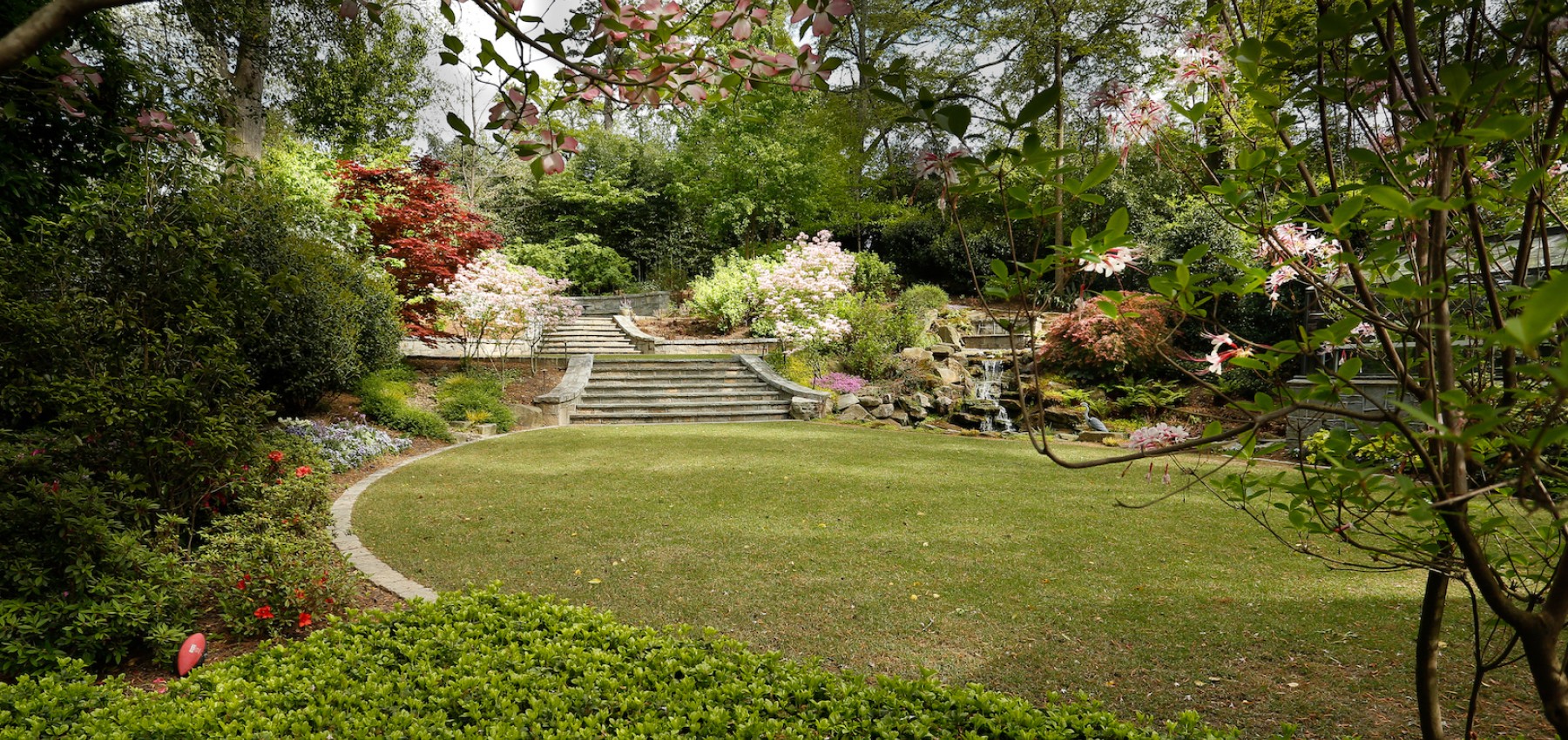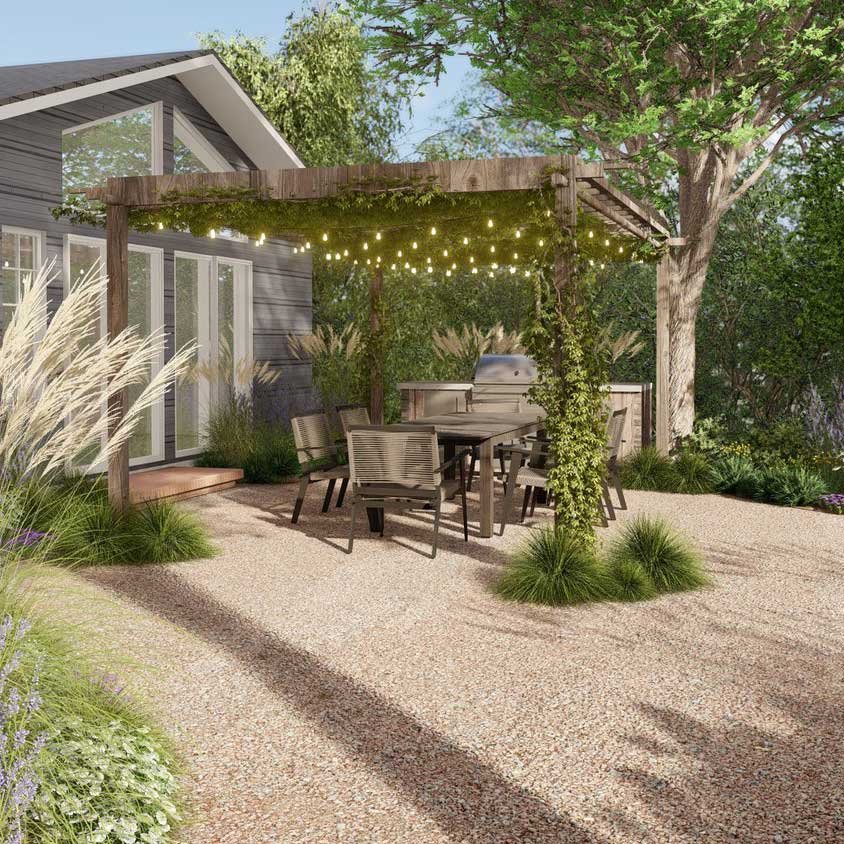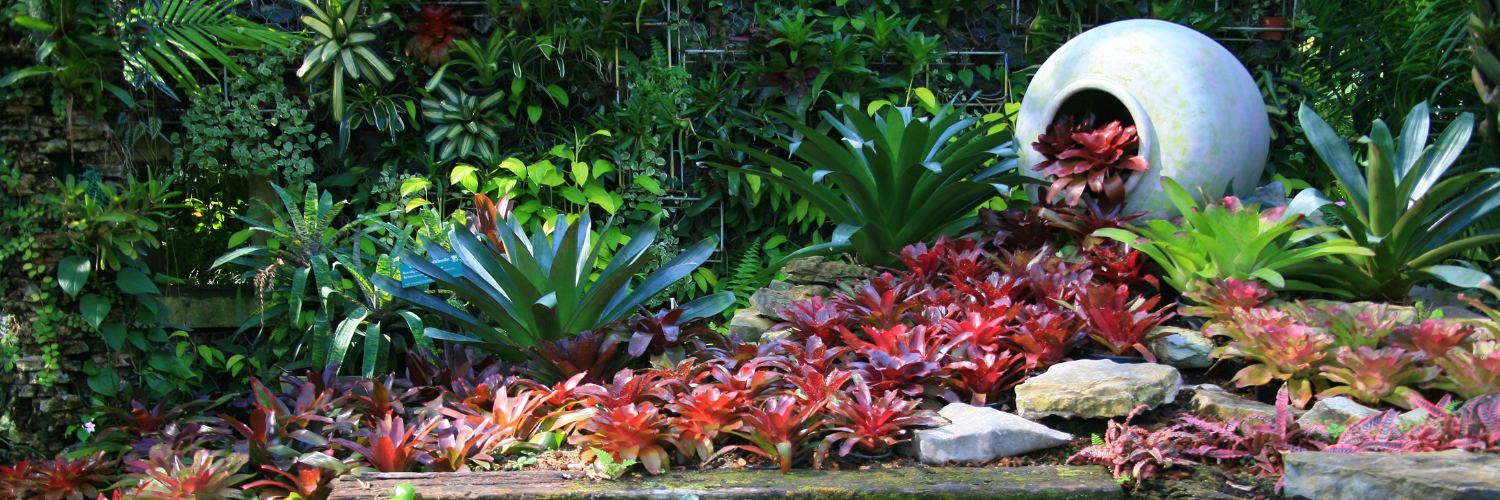The Greatest Guide To Landscapers
The Greatest Guide To Landscapers
Blog Article
Landscapers for Beginners
Table of ContentsUnknown Facts About LandscapersLandscapers Things To Know Before You Get ThisIndicators on Landscapers You Should Know8 Simple Techniques For LandscapersThe Main Principles Of Landscapers
- A tree or shrub (bush) that sheds its leaves in winter season. In the PNW there are semi-deciduous or semi-evergreen plants that might lose their leaves relying on how chilly the winter season is. Abelia and some hebe are examples. Landscapers. - A flat gathering area, constructed from timber or composite product (made to look like timber), generally nearby or affixed to a structure.

- Granite that is weathered to the factor that it is a very fine aggregate. This is a natural process, and the outcome can be made use of for courses and outdoor patios. Disintegrated granite is often referred to as DG. It is specifically beneficial in modern-day landscapes. - Secret landscape functions being recommended in a landscape design strategy.
Examine This Report on Landscapers
These goals assist the design process, not the developer's style or choices. Usual design objectives in Rose city are reduced upkeep, dry spell forgiving, and animal pleasant. - Process for getting rid of or thinning the dead lower level of a fully grown yard. Thatch is turf that has passed away and gathered listed below the environment-friendly blades.
Over time this layer can get really thick and make it difficult for water, sun, and nutrients to obtain to portions of the lawn.- The procedure of gathering and managing the circulation of water on a residential or commercial property. This can be made with grading, French drains pipes, completely dry wells, absorptive surfaces, sump pump, rainfall yards, and a lot more.
- A sluggish feeding irrigation system that uses versatile tubing and emitters to send out a precise amount of water to each plant. - The ability of a plant to survive without much summer season water.
- A garden feature where water is represented by an aggregate stone item, usually a crushed rock or granite. These are most commonly located in contemporary and Japanese garden design.- A rock or natural flagstone patio, path, or sidewalk developed without a concrete base. The base would be compacted crushed rock and the joints would be an aggregate or walkable ground cover.
Unknown Facts About Landscapers
- A rock keeping or complimentary standing wall constructed without the use of mortar. - A below ground framework that gather water and permits it to slow percolate into the dirt around it.
Landscape layout that is suitable with a websites' setting web link in both look and sustainability without unfavorable influences to the environment. Edging in the landscape is a line of demarcation that develops visual interest in the garden by separating one section from another sector. This can be visual or functional, maintaining one component (such as pea crushed rock) from getting blended right into an additional (like bark dust).
Areas can likewise sense of "enclosure" offered by trees, various other plantings, fences, or displays. The landscape near the entrance to a building. A tree, hedge or vine, educated to expand on a wall surface or fencing right into a particular pattern. Specifically beneficial for fruit trees, making it simple to collect the fruit and consisting of read this mess.
A plant that is not indigenous to the area where it will certainly be planted. Thicker bladed turf yard that spread through rhizomes.: The degree of soil on your residential property prior to bark dust or garden compost is spread out.
The Only Guide to Landscapers

The function, reason, or action that an area is be landscaped for. Area for expanding plants for seeing, eating, or physical activity.
Rock item, either rounded or fractured, that is relatively small- normally 1" or much less. Reduced plants that are enabled or encouraged to top an area. Can pop over to these guys refer to any "tough" yard components including statuary or stones yet a lot of typically is made use of to describe paths, outdoor patios, and walls.: Elevation distinction in between the degree of water in a pond (or the level of the pump if it sits outside the pond) and the top electrical outlet of water which affects efficiency of the water pump in gph (gallons per hour). Thick bushes or trees that develop a fencing, display, or limit.

The 2-Minute Rule for Landscapers
Traditional PNW landscapes are informal. A plant that spreads out more than desired, or into environments where it does damage.
Can include head positionings and coverage, pipeline sizing, GPM specs, and materials needed to install this system. Certified expert who designs landscapes, coached in engineering and style as well as in cultivation.
Landscape designers usually have less schooling than Landscape Architects and are not licensed. A finished landscape layout, describing all elements for the new landscape.
Calcium material made use of to increase the pH in dirt, which will certainly make it much less hospitable to moss. A water tight HDPE product utilized underneath ponds, streams and waterfalls in water functions. Utilizing many plantings of the exact same variety to complete an area in the landscape. This can lower maintenance and water usage in the yard.
Report this page